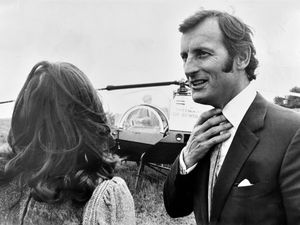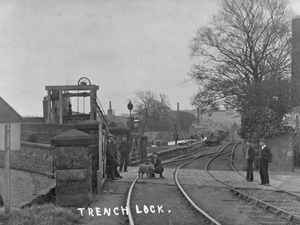The day bad weather caused six Shropshire air crashes in 24 hours of tragedy
Bad weather – the great enemy of pilots throughout aviation history – extracted a dreadful toll as it swept across Shropshire 80 years ago.
Tuesday marks the anniversary of a grim day of tragedy after high winds and snow brought chaos to the county.
"Sunday, December 7, 1941, was to prove the worst day in the history of Shropshire air accidents, with a total of six crashes caused by an extremely bad weather front moving in over the region," says Shropshire air accidents researcher Tom Thorne.
The weather's sudden turn for the worse on that day caught out a number of those up in the air in the busy wartime skies.
Some were lucky and got down safely. Others, including some who had come to Britain from around the world to fight for the cause, would lose their lives.
Although reckoned by Tom to have been the worst day for the county based on the number of crashes, there were to be other days during the war that were even darker in terms of the numbers killed.
He researched and detailed the individual accidents for his book Pancakes and Prangs, which recorded 20th century military aircraft crashes in Shropshire.
Here is the toll for December 7, 1941.
1. Bratton airfield, just north of Wellington
A Spitfire fighter being flown from RAF Hawarden, near Chester, tipped over while force landing at 11.25am. The pilot Jack Turbill, an Australian, told of the incident in his memoirs. Enveloped by a snowstorm, he managed to break out into the clear, but by now was lost.
"I found a nice green paddock by a mountain (The Wrekin) and made a successful landing... Unfortunately the small paddock I had landed on was very soft and boggy and while taxiing to the boundary both wheels sank and the aircraft stood up on its nose, leaving me dangling by my straps in mid air," he wrote.
He said the only damage to the Spitfire was a bent propeller, although a photo of the incident shows it on its back.
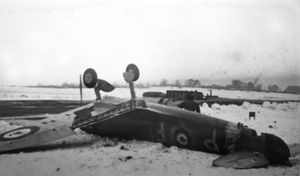
2. The Wrekin
A Spitfire bearing the name City of Bradford I, flying from RAF Atcham near Shrewsbury, crashed into woodland at Rushton Cottage, on the western end of The Wrekin, between 11am and noon.
Sergeant Horace Albert Metcalfe, a 24-year-old Australian, was one of a number of pilots from 131 Squadron on a training flight who were immediately recalled when the snowstorm hit. When confronted by The Wrekin looming out of the gloom he pulled up sharply but the aircraft stalled. He bailed out, but was too low for the parachute to open. "His body was found at 13.56 hours by soldiers from Buildwas searchlight station," writes Tom Thorne in his book.
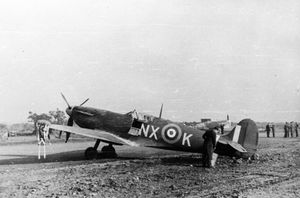
3. Button Oak, Wyre Forest
A Hawker Hurricane from Brockworth, Gloucestershire, was on a ferry flight to RAF Hawarden, crashing at 12.20pm. Tom Thorne says the reasons were not stated but that the weather undoubtedly played a major part. The pilot, First Officer Ernest Edward Gasser, 32, was from Maryland in the USA and is thought to have learned to fly as a barnstormer before the war. He is buried in Wribbenhall Churchyard, Worcestershire.
4. Pontesbury
A Spitfire on a training flight from RAF Hawarden force-landed in bad weather, but Tom has not been able to find out any more details.
5. Montford Bridge airfield
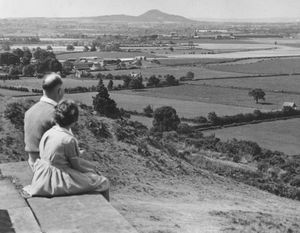
A Spitfire flying from RAF Hawarden made a belly landing on the incomplete runway of the airfield near Shrewsbury at 17.30 after becoming lost in the snowstorm. The pilot was Pilot Officer Leendert Carel Marie van Eendenburg, who was born in the Dutch East Indies. He had served in the Dutch army during the German invasion of the Netherlands in 1940, before escaping to Britain.
6. Hordley, near Ellesmere
A de Havilland Dominie was ferrying two pilots and a ground crew airman to RAF Hawarden when it went out of control at 17.30. Enveloped by a snowstorm, and then struck by lightning, the pilot, Pilot Officer John Ernest Moodie, 24, from New Zealand, ordered the three passengers to bail out – which they did and survived. But neither he nor his co-pilot, Pilot Officer George Easton Kingston, 20, from Norfolk, who is thought to have been acting as a wireless operator, were wearing parachutes. Both were killed in the crash.




